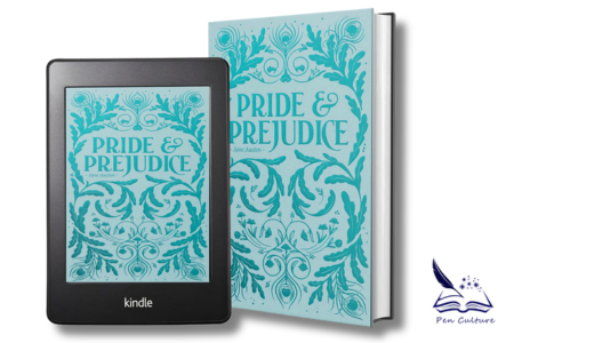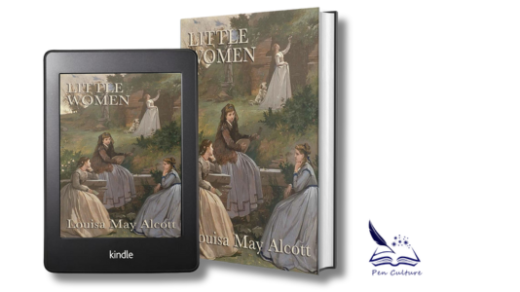Pride and Prejudice by Jane Austen, first published in 1813, remains one of the most beloved novels in English literature. Set in early 19th-century England, the story follows the sharp-witted Elizabeth Bennet as she navigates love, family, and societal expectations. At the heart of the novel is her evolving relationship with Mr. Darcy, a wealthy but seemingly arrogant man. Through humor, keen social insight, and unforgettable characters, Austen offers a timeless critique of class, pride, and prejudice.
Plot Summary
The story centers around the five Bennet sisters and their mother’s determination to marry them off. Elizabeth Bennet, the second eldest, stands out for her intelligence and independence. When the wealthy Mr. Bingley moves into the neighborhood, he quickly forms a bond with Elizabeth’s sister Jane. Meanwhile, Elizabeth clashes with Mr. Darcy, Mr. Bingley’s proud friend. She initially dislikes Darcy, but as events unfold, she begins to see him in a new light.
Misunderstandings and judgments cloud their early interactions, but both Elizabeth and Darcy eventually learn to look beyond first impressions. As their relationship develops, the novel reveals how love can change perceptions, pushing both characters to grow.
Characters and Themes
Elizabeth Bennet is a strong, relatable heroine—smart, witty, and unafraid to challenge societal norms. Her journey reflects themes of self-awareness and personal growth. Mr. Darcy, who starts as prideful and distant, undergoes a transformation as his deeper qualities are revealed. Their evolving dynamic drives the heart of the story.
Austen’s sharp observation of social expectations adds depth. The contrast between Elizabeth’s independence and the pressure to marry for security highlights the rigid class structure of the time. Pride and prejudice are not only individual flaws but also societal forces shaping the characters’ decisions.
Style and Appeal
Austen’s writing is full of wit, irony, and sharp dialogue. Her commentary on class and relationships feels timeless, making Pride and Prejudice as relevant today as it was in 1813. Elizabeth and Darcy’s conversations, full of tension and insight, make their relationship one of the most engaging in literature.
Strengths
The novel’s greatest strength is its memorable characters—particularly Elizabeth, whose independence and wit make her stand out. Austen’s social critique, woven with humor, adds a layer of complexity that keeps readers engaged. The slow development of Elizabeth and Darcy’s romance, rooted in mutual growth and respect, makes it all the more satisfying.
Weaknesses
Some readers find the pacing slow. The focus on social norms feel distant to those unfamiliar with the historical context. But, the universal themes of love, pride, and growth keep the novel relevant.
Conclusion
Pride and Prejudice remains a timeless classic, beloved for its wit, sharp social commentary, and engaging characters. Elizabeth Bennet’s journey toward self-discovery and Darcy’s transformation from aloof to endearing make their love story one for the ages. Jane Austen’s brilliant portrayal of human nature ensures that this novel continues to captivate readers today.
Rating: 5/5





Leave a Reply